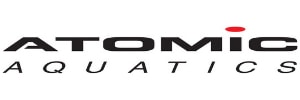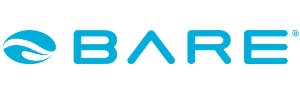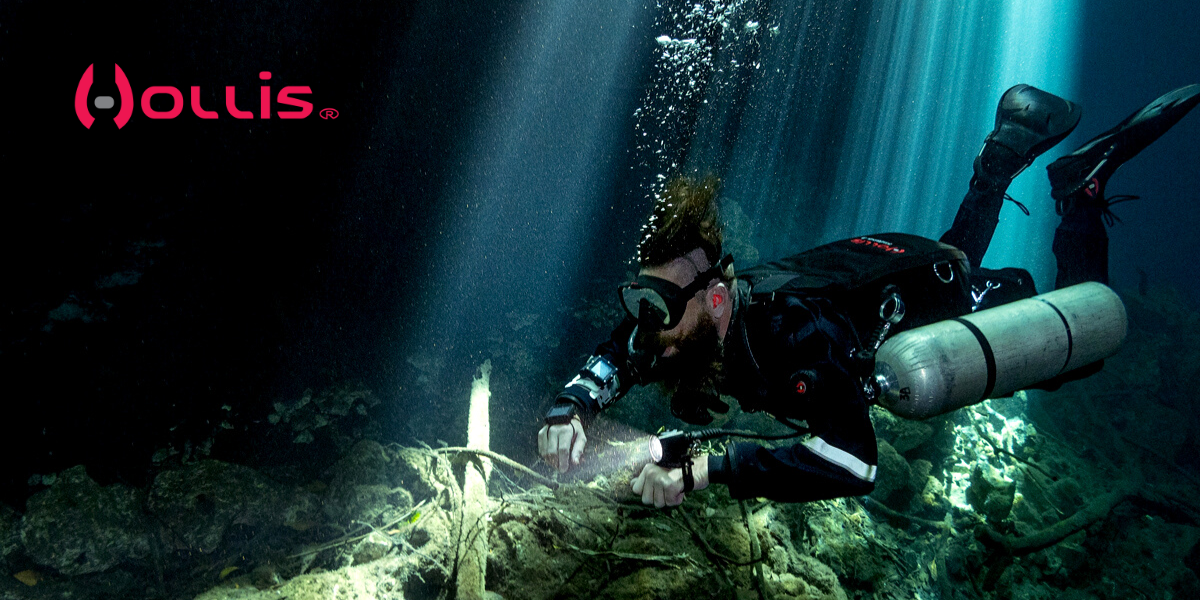From personal experience, and speaking with others, there can be some hesitancy around going down the backplate and wing path, as most of us divers have started with the traditional “jacket”-style BC. Some of us get a bit adventurous, and go to “rear-inflation” BCs, but stay within those traditional systems. From the outside looking in, the backplate/wing system can look so associated with technical diving, that recreational divers sometimes don’t give it the attention it deserves to be in our gear bag. Yes, it can be used for technical diving, but it also has many advantages for even a freshly-certified open water diver.
Advantages of backplates and wings:
Backplates and wings are more streamlined than most other BC types
If you compare any backplate and wing unit to a “jacket”- style BC, this is certainly true, and can be said about many of the rear inflation designs out there as well. This is especially true with Hollis’ new wing design, as it becomes narrower at the top, cutting through the water with more ease than a traditional “donut” style. This tapering effect also gives the diver more buoyancy at the waist, where more weight is typically worn. Another added benefit is that when fully inflated at the surface, the wing doesn’t push the diver’s face forward in the way other traditional “donuts” do.
Backplates and wings are modular, allowing for different configurations
The reason why this matters is that you have flexibility to change things out if you prefer something else. Want to dive with twin tanks? Just get a bigger bladder and bolt them on the backplate. Want to go travelling? Get a lighter aluminium backplate for less weight. Also, if the unthinkable happens, and there is a puncture in your bladder, you can just replace one component rather than having to replace an entire BCD.
Backplates and wings are more affordable in the long run
Yes, they may be a bit more initially, but remember how we mentioned you can replace just certain parts? This saves you money in having a more versatile, longer-lasting BCD. That means more dive holidays! Also, should you want to get into technical diving, you already have a suitable BCD.
Sizing is less an issue than on other BC models
Some harnesses, like Hollis’ Solo harness, or Zeagle’s Deluxe harness, come in just one size. The reason this matters to you is because not only does your body change over time, but so does your sizing based on your thermal wear. You can have a proper-fitting BCD for every dive, every time. A key consideration is ensuring you have a bladder with sufficient lift for your body size and the weight required for a dive.
Backplates and wings can have built-in weight
Our most popular backplate is Hollis’ stainless steel backplate. It weights about 3 kg, and the new design is wider than its predecessor, more equally distributing the weight across the diver’s back. This is much more comfortable than wearing weight on a belt or via a weight system. This also changes your centre of gravity, making it much easier to find a nice trim underwater. Alternatively, an aluminium option can be much lighter, which is appreciated when working within airline luggage allowances.
Backplates and wings typically have a more sturdy tank
As most backplates and wings have two cam bands for securing the tank (and even sometimes a rail), there is much less jostling that the tank can make than on other BCs. Hollis’ single tank adaptor practically fastens the tank to the system. Also, having a second cam band helps prevent tank slippage which happens when a cam band pops open or is not secured tightly enough- a problem too often on other BCs.
Which configuration is right for me?
Sometimes the modularity of the system can make choosing difficult, as there are just so many options. However, we’ve simplified the systems for you:
The standard – ST Elite System
This is Hollis’ most popular model, and with good reason. The stainless steel backplate offers the advantages of more built-in weight, less lead needed, and better trim. The 35-pound-lift wing is suitable for nearly all situations when diving with a single tank. The Elite harness offers the flexibility of buckles for easy-in and -out on dive vessels and shore diving, whilst adding comfort with its shoulder pads. This model over delivers on most divers’ needs. Alternatively, the solo harness is a viable option, as one-size-fits-all, and some technical divers argue that buckles are another “failure point” which could be eliminated. If those features are more important to you than comfort, than the ST System is a good alternative. Both the ST and ST Elite Systems come with two durable stainless steel cam bands, ensuring a secure tank.
The traveller – ST Travel and ST Elite Travel Systems
With these systems, weight is saved by swapping out the stainless steel backplate for the aluminium one, and to a lesser extent, by changing to the 22-pound-lift wing, and substituting Delrin cam bands for stainless steel. By and large, most divers travel to tropical and subtropical destinations, meaning less thermal wear, making for less weight needed, and less lift required. The harness again just comes down to preference.
Double your pleasure, double your fun – DT System
If you want to do longer dives, deeper dives, or frankly, you’re just an “air pig”, then you might want to consider diving with “twins”- a double tank configuration. With the Hollis DT System, you have the backplate, wing, and harness equipped for the job. Depending on the tank configuration you’ll go with, you’ll typically need a manifold for connecting both tanks, and a twin band and bolt kit for securing the tanks on to the back of the system. Want to still take this on single tank dives? No problem. Just get some cam bands like you would with any other system, and you’ll be ready to blow bubbles with this rig. Because of its ability to do both singles, and doubles, the DT system is the most versatile in the range.
Diving Sidemount
For those unfamiliar with sidemount diving, the activity is just as it sounds, and the name is referring to your tank(s). Rather than having those pesky scuba cylinders on your back, you get the comfort and freedom of having them on your side. The bottom of the cylinder is clipped closer to your hip, with the valve end secured to your chest area. And whilst this may sound like a crazy idea, there are some real benefits, and in many instances, this form of diving is much more practical.
Who is Sidemount for?
Recreational Divers and Sidemount
Sidemount isn’t just for the technical diver, as carrying two tanks on your side can give your back some relief, and depending on the dive site, donning/doffing the tanks in-water can be much easier than lugging twin tanks, especially steel.
Technical Divers and Sidemount
Specifically when it comes to depth, multiple tanks with different gas blends can be crucial for completing a dive, and doing it safely. Sidemount allows divers to clip on multiple tanks, and even transfer tanks mid dive. This type of diving requires specialised training due to its nature, and would be impossible, or at the very least, quite impractical when not diving on sidemount.
Wreck/Cave/Confined Spaces Divers
The main reason for the creation of sidemount diving is to be able to fit through tight areas, like in wrecks and caves. This type of diving also requires specialised training, and whilst not all these dives require sidemount, there are many that do. And those that don’t can still be made easier and more practical when diving sidemount.
What are you weighting for?
Good question. And the system you choose, your opinion of weight belts, and where you will be diving, will influence how much weight you’ll need, and how you’ll wear it. Hollis’ LX2 12 pound weight system can streamline your rig, making for even easier diving. And, as weight belts can be confusing with crotch straps, your gear-up and predive safety checks can be simplified.
Won’t a steel or aluminium backplate be uncomfortable?
Probably not. Remember that you’ll likely be wearing some neoprene for thermal protection, or even a drysuit anyway. And if that is a concern, no worries. There’s Hollis’ Backplate Backpad 2.0 for extra comfort.
What about all my stuff?
Good question. Need pockets? We’ve got pockets. Hollis has its utility pocket, mask pocket and storage pocket which fit on any webbing. The storage pocket can even be connected to the back. Oh, and Hollis’ SMB even comes with a pouch with grommets for easy attachment to the backplate itself. And don’t forget that you have D-rings on the front for securing extra torches, reels, or other accessories.
Hollis – No Limit
With this backplate and wing system, there really is no limit to the different diving you can do, as there are so many configurations possible. Even the Hollis’ Prism2 Rebreather uses a backplate and wing for its base. The only thing it can’t do is sidemount, which Hollis’ Katana 2 has been made specifically for. As far as versatility goes, this system has it all. Oh, and did we mention that any of the mentioned systems come pre-assembled? Yep, so only a few minor adjustments are needed to have you dive-ready.
If you need any further information and want to see the Hollis systems in the flesh, head into a Submerged nation retail Partner store. You can find one by clicking on the following link:






















